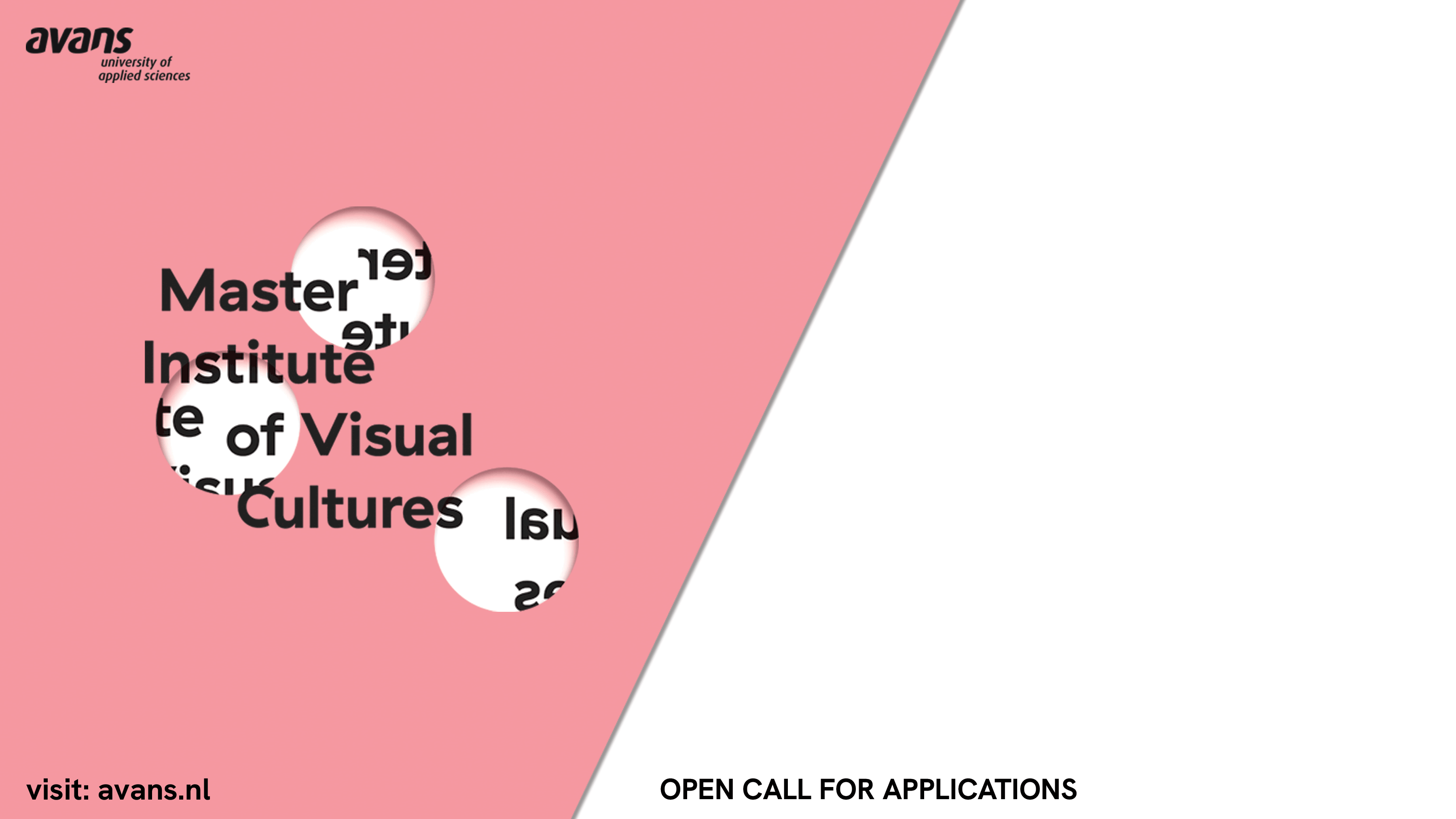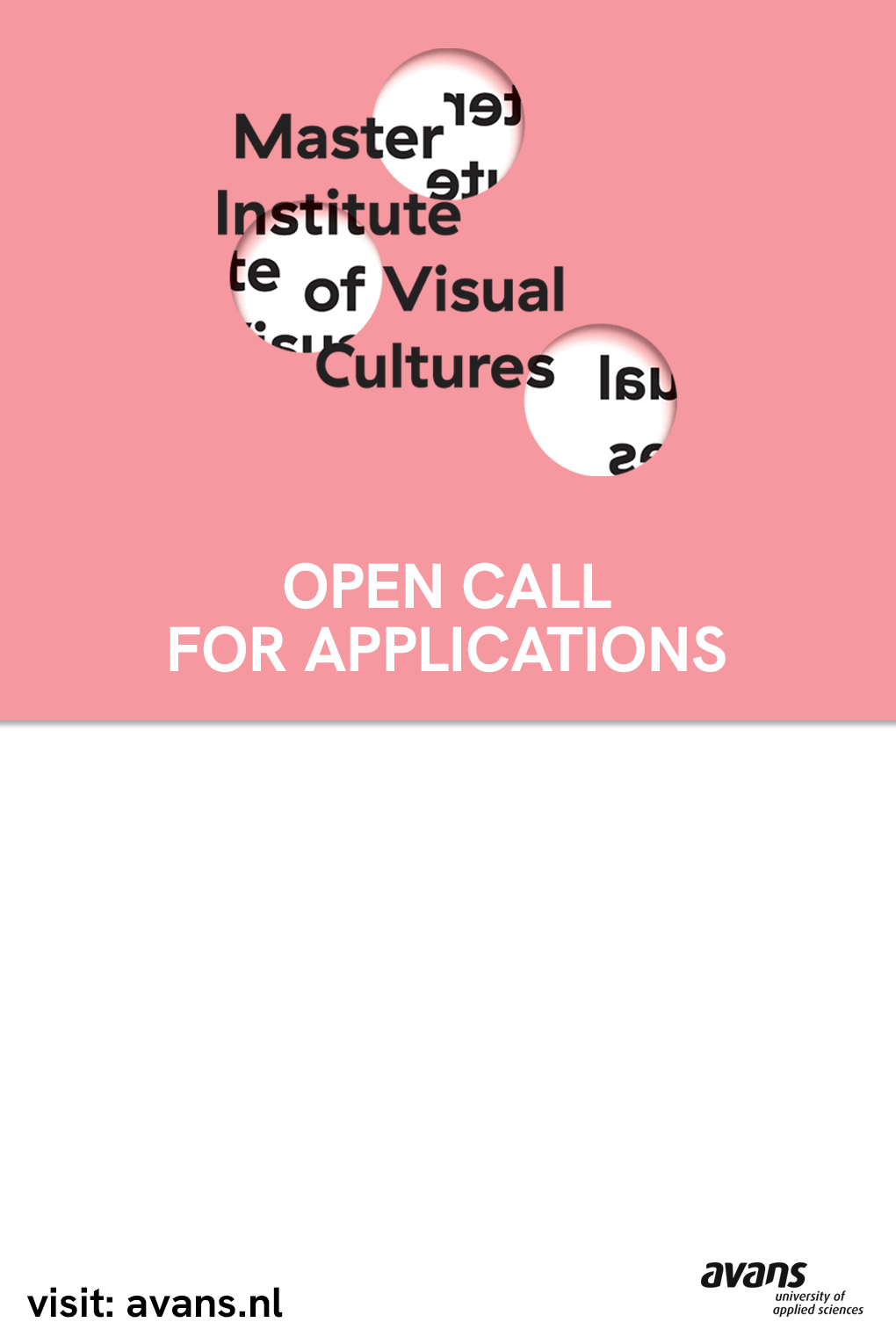Margi Geerlinks
More than Perfect
Marisca Voskamp
Home Sweet Home
until Oct 5th 2002
AEROPLASTICS contemporary
32 rue Blanche 1060 Brussels
T 32 2 537 22 02 F 32 2 537 15 49
aeroplastics@brutele.be
Images (from left to right): Margi GEERLINKS “Young boy” & “More than Perfect 2″ 2002 Ilfochrome/dibond/plexi 175 x 125 cm & 73 x 100 cm ed of 6 each; Marisca VOSKAMP “Vlees” (Meat) ilfochrome/dibond/plexi 130 x 90 cm ed of 3 & “Zeep” (soap) life size soap sculpture, ed of 7 + 2 artists proofs.
Brussels gallery, AEROPLASTICS contemporary has decided to kick off its autumn season by comparing the recent works of two Dutch artists whom the gallery has already defended, Margi GEERLINKS and Marisca VOSKAMP a look at two views marked by questions about femininity and sexual identity, at two approaches that seek inspiration from daily life, all the better to transcend it.
Seated at a large metal table under a cold light, a grey-haired man works at a sewing machine. His work is on the verge of completion: a naked, roughly ten-year-old boy, disproportionately large compared with his creator, waiting patiently to be finished to take life. This revisited version of Gepetto carving his son is emblematic of Margi Geerlinks approach. Her photographs ask questions, in their way, about each persons rapport with the notions of sexual identity and reproduction. Here, unlike the legend, the father is creating not a wooden Pinocchio, but one of flesh and blood and, what is more, without any help from the mother. The artist is interested here not so much in the tales (widely explored) psychoanalytic interpretation, but in how the viewer experiences being confronted by these emotionally charged images. As Cecilia Andersson notes in the preface to a recent volume on the artist (Crafting Humanity, 2001), Margi Geerlinks manages to make the most unlikely situations natural, but without taking away their force. The young boy and man are effectively father and son. It probably would not have been possible to confer such naturalness on the scene otherwise. This idea of asexual reproduction as a calculated, fully controlled a process whereby the human being literally makes his or her progeny is embodied in the portrait of a young woman knitting the body of her future newborn child. Elsewhere, a little girl crochets a breast that she then displays on her chest with a mixture of pride and doubt as to the final outcome. Without the use of digital imagery, which enables the child whom the artist photographs to project herself into her adult life, these could be simply family portraits. And whilst everyone is familiar with the face creams that are supposed to erase the ravages of time, Geerlinks applies this demonstration literally in her photographs of faces in which wrinkles are erased by the miraculous action of a simple cotton wadand technology. Yet her constant concern is to wonder about human beings relationship with time seen from the angle of giving birth. In viewing the portrait of a full-breasted seventy-year-old nursing a newborn, we cannot help thinking about the alarming promises of medicine to push the limit of the childbearing years back ever farther and farther. Finally, Margi Geerlinkss latest works a series of nudes of young women, asleep, with mouths dotting their bodies (see illustration) explore a more sensual vein. However, while a recent advert for a carbonated beverage (the name of which, I might add, Ive forgot) used the same trick to emphasise the range of flavours available (the face of a typical consumer having as many mouths as the product has flavours), the lips thought up by the artist are there not to ingurgitate sugar water, but to offer themselves to other lips.
For Marisca VOSKAMP, the question of giving birth is also primordial. One task of my life is raising children. To raise children is to be complete. To be complete is to surround. The life which I surround holds the question of what life is. Voskamp goes even farther than Margi Geerlinks in plumbing her own life for the basic ingredients of her artistic work, a life consisting of eating, drinking, making love, giving birth and dying and everything which takes place in between. Consequently, she measures the importance of her creations by the yardstick of her own life and the lives of her friends. So she wears a necklace of sausages made to order by a Little Italy butcher before turning the accessory into her dinner. In the same vein, her life with fashion professionals (models, photographers, fashion designers, etc.) in New York leads to her making a beef carpaccio bikini that she wears under an ample coat, before flashing in that attire live on CNN. The clearly feminist connotation of the message directed at a profession that reduces women to slabs of (lean) meat authorised to wear clothes does not take away from the drollness of the gesture. Manipulating the body or examining how people look at other peoples bodies is also at the heart of Zeep (soap), one element of which had already been exhibited by AEROPLASTICS in the best possible place: the bathroom. In revisiting the self-portrait tradition, Marisca Voskamp has made several life-sized effigies of herself made of soap cast (see illustration) in a mould of her own naked body, with arms raised. The choice of the material itself is not innocent, for it is an old-time soap recipe that includes animal fat. The artists aim in the Zeep series is to produce a work that exists only through the way the viewer wants to look at or touch it.
The catalogue of attitudes adopted by art lovers or simple passers-by
(depending on where the piece is set up) is very varied: Whilst some people hesitate to touch the sculpture, others stroke it freely, paying special attention to some strategic places. The ephemeral sculpture disappears in line with how it is used. One of Marisca Voskamps wishes was to set up her installation in an institution for the blind. This wish was fulfilled, and the sinister buildings atmosphere has been changed by the smell of roses that wafts from the statue. An airport, prison, school and car park are examples of the places where she would like to set up other Zeep effigies. All of Voskamps work must be seen from the angle of an approach a very healthy one in todays contemporary creation landscape reconcile art and life.
P.-Y. Desaive
A catalogue-brochure is available for both artists – free of charge. + Margi Geerlinks “Crafting Humanity” 48 pages – 45 Euros – postage included
director : Jerome Jacobs
With the support of THE MONDRIAAN FOUNDATION



